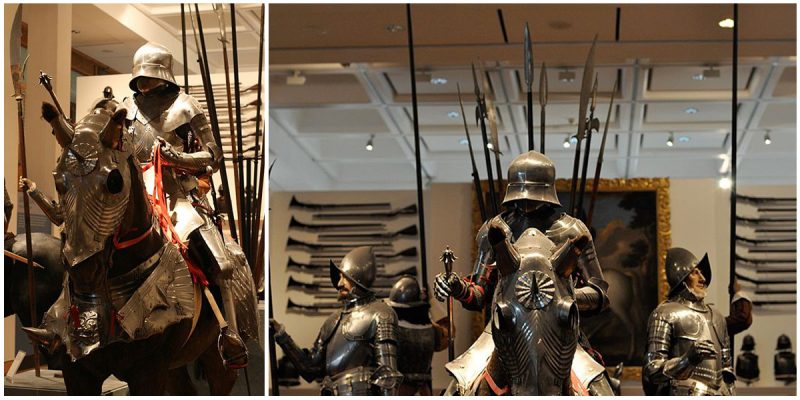For centuries, Medieval armor played a huge role in the life of European knights.
Although the usage of the term ‘gothic’ in art history can be traced back to spanning over the 12th to the 15th centuries, it was only between the 1420’s and 1440’s that Gothic armor was developed, (called “Gothic“ due to its similarity to the gothic style of architecture during those times).
The main European schools were German and Italian and at the time, national styles of “white armor” began to emerge, characterized by a full-body steel plate without a surcoat. The armor combined reliable protection and good mobility, achieved due to increasing the number of parts and, for use in battle, the reduction of its size.
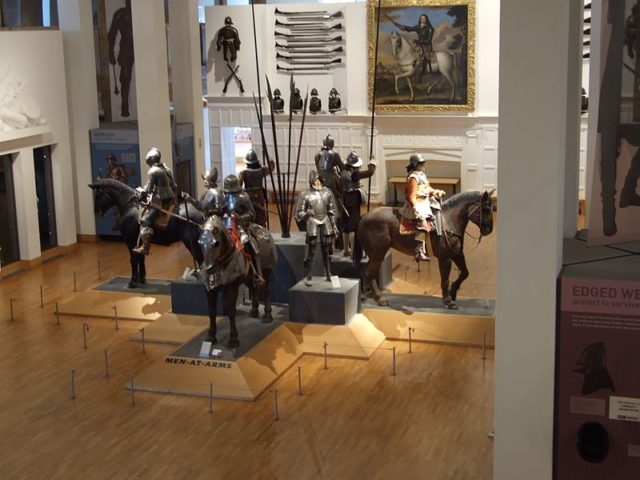
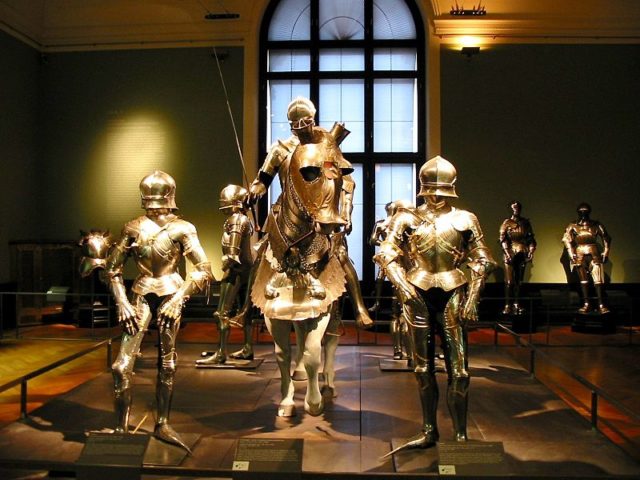
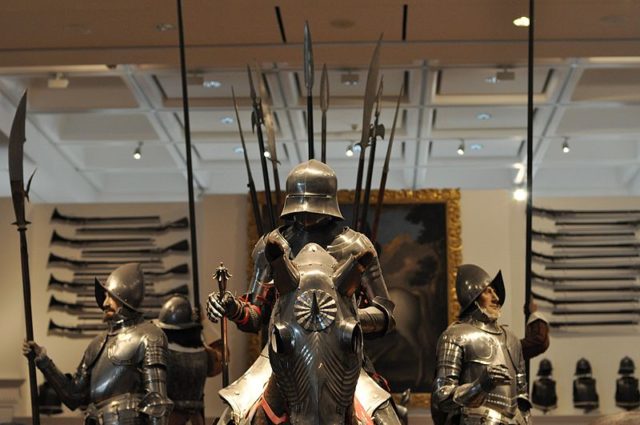
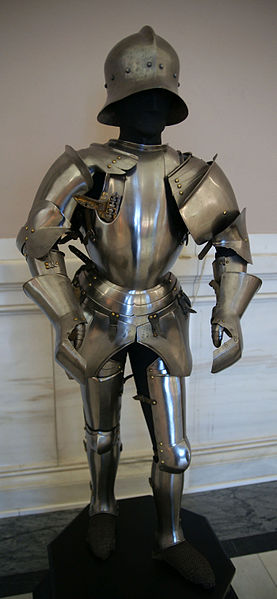
Perhaps one of the main typical features of gothic armor was the Gothic sallet, a type of hollow helmet worn by knights during battle, for the protection of the back side of the head and the neck. It was used together with a bevor which was a piece of plate armor designed to protect the front part of the neck and the chin. The sallet helmet became almost universal and was a replacement for the basinet, an open-faced military helmet worn during the Medieval times.
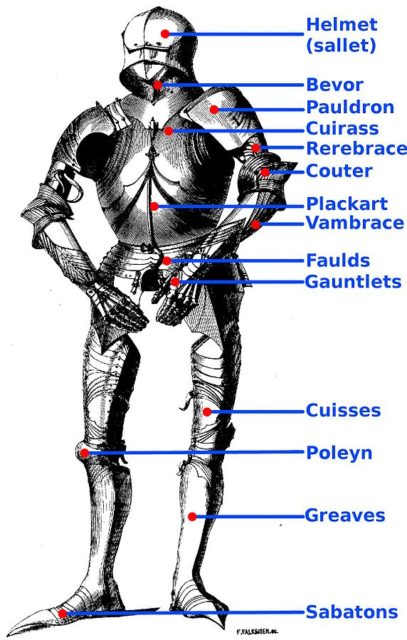
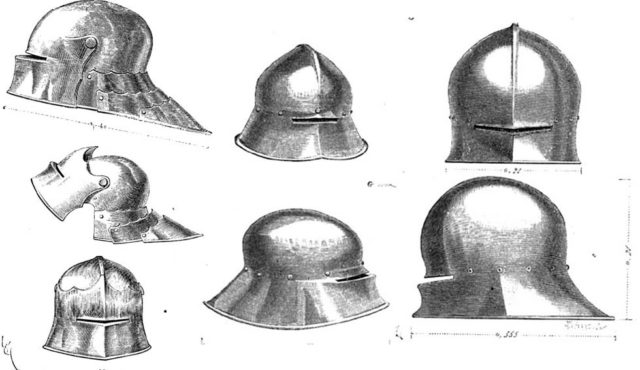
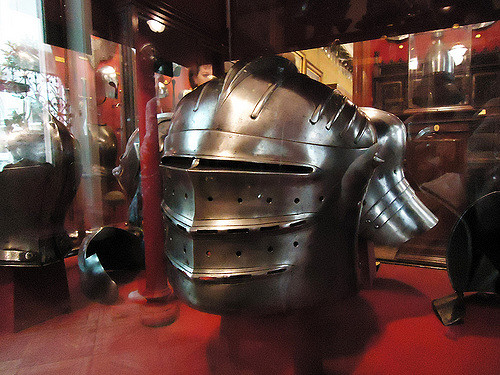
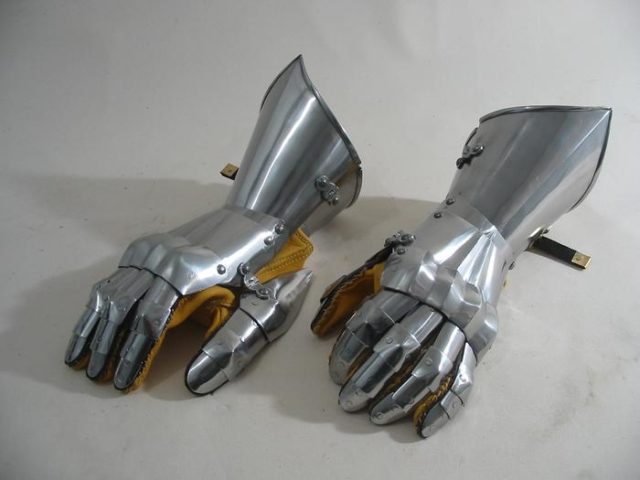
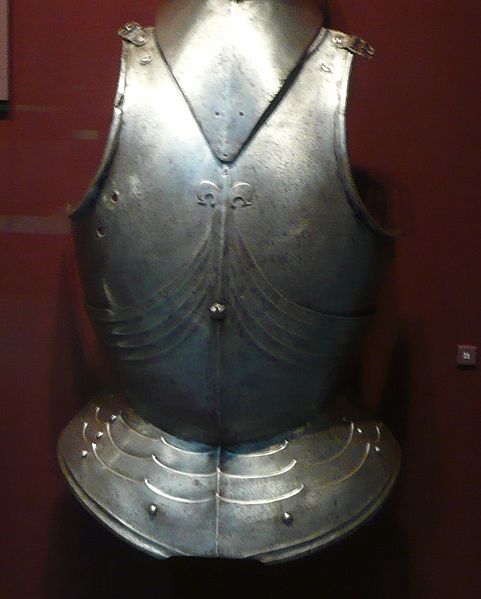
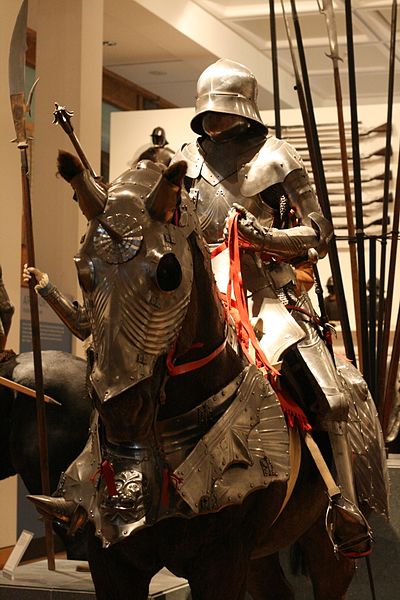
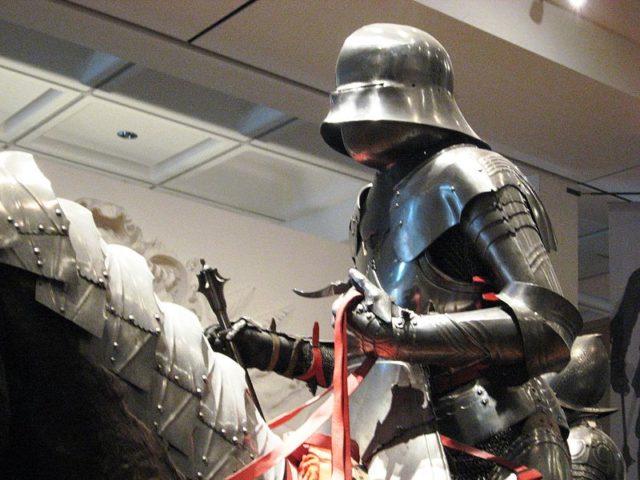
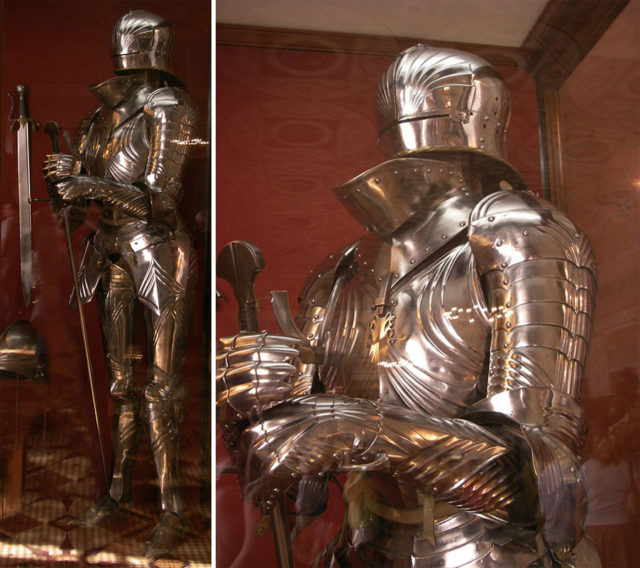
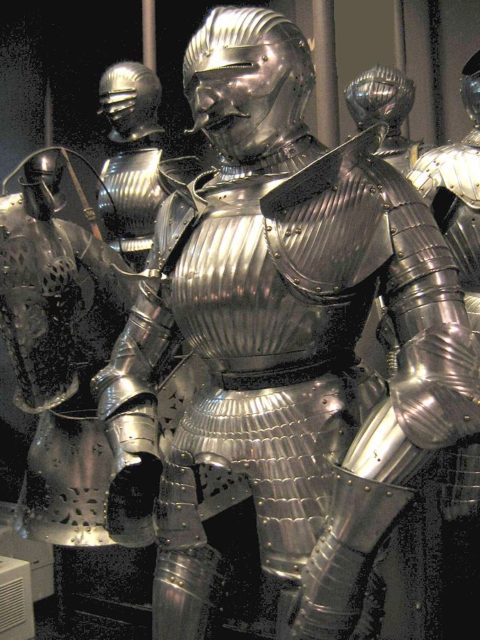
The style changed during the Renaissance and armors with rounder and more curved forms were produced. This type was known as Maximilian armor (after emperor Maximilian I) and became popular during the second half of his reign.
It wasn’t cheap and not every warrior could afford one. It was reserved only for the elite and the rest were equipped with only a few elements of body protection.
